This week, two Insurtechs work together to deliver groundbreaking AI solutions for insurers and brokers.
Welcome to The Digital Eye, your weekly roundup of the latest technology news.
Our team of experts have scoured the internet for the most exciting and informative articles so that you can stay up-to-date on all things digital, data, blockchain, AI & analytics.
Featured Article:
We hope you find this information valuable and would appreciate your help in sharing it with others who may also be interested.
How IoT Uses Machine Learning To Change The World
Machine Learning Makes IoT Adaptable.
IoT and Machine Learning are the most advanced and evolving technologies that continue to rise in today’s modern world, simplifying human efforts and making lives easier. These technologies have proved to streamline operations and workflows for various industries and provide more robust and scalable applications that allow users to make things done seamlessly.
In recent years, the popularity of the Internet of Things (IoT) and Machine Learning (ML) has greatly increased, especially in finding new ways to uncover business opportunities. The way people used to live before has revolutionized with the power of ML and IoT, making their lives simpler and easier.
Taking reinforcement learning algorithms to real-world robotics
Background, needs, challenges, and outlook
Proving its success in gaming, commercial ML, and robotics, RL has morphed into the Swiss army knife of AI. This article is an exploration of what can RL currently do, why we need RL for robotics, what challenges and future work would look like.
Background
Reinforcement Learning (RL) refers to a paradigm of algorithms where learning happens by trial and error. The RL agent learns in a reward-based system. The agent takes action and gets rewarded for success or punished for failure. Thus the agent successfully learns to perform a task by maximizing the reward. This is similar to how learning works for humans and animals (does Pavlo’s dog ring any bells?).
Does Information Weigh Something After All? What if It Does?
At the rate we create information today, one physicist computes that in 350 years, the energy will outweigh the atoms of Earth
In the 1960s, IBM researcher Rolf Landauer (1927–1999) observed that if the logical information in a computational system decreased, then the physical entropy in the system must increase (Landauer’s Principle). This conclusion follows from the principle that the entropy in a closed system can never decrease.
A decrease in the logical information corresponds to a decrease in entropy. And factoring in the principle that the entropy cannot actually decrease, the physical system itself must increase in entropy when the information decreases. This increase in entropy will result in the emission of heat, and a reduction of energy in the system.
Our Next Enlightenment will be AI-Driven
A realistic and symbiotic future between humans and AI
The Enlightenment Ride to the Top
The Age of Enlightenment took place during the 17th and 18th centuries and is seen as a global phenomenon where we collectively “turned on the light bulbs” in our heads. This movement was an intellectual and philosophical force that saw the rise of some of the most prominent thinkers ever like Kant, Voltaire, and Adam Smith.
The Enlightenment was largely fueled by philosophers and mathematicians like Descartes and Newton. This is because the world before this point ascribed knowledge and power to higher powers — deities, stars, etc. These religious and spiritual beings were seen as primary authorities, consequently creating the society that humans live in.
A deep-learning algorithm could detect earthquakes by filtering out city noise
The model could uncover quakes that would previously have been dismissed as human-generated vibrations.
Cities are loud places. Traffic, trains, and machinery generate a lot of noise. While it’s a mere inconvenience much of the time, it can become a deadly problem when it comes to detecting earthquakes. That’s because it’s difficult to discern an approaching earthquake amid all the usual vibrations in bustling cities.
Researchers from Stanford have found a way to get a clearer signal. They’ve created an algorithm, described in a paper in Science Advances today, that they claim improves the detection capacity of earthquake monitoring networks in cities and other built-up areas. By filtering out background seismic noise, it can boost the overall signal quality and recover signals that may have previously been too weak to register.
Article by @InsEdgeOnline
Insurance data intelligence provider, Percayso Inform, today announces a new partner integration with Data Science Insurtech, Incited.
Incited provides a range of solutions for insurers and brokers, delivering advanced analytics tools for real-time modelling and prediction, uncovering patterns in data, detecting fraud, improving customer retention and generating dynamic pricing solutions.
Dan Fiehn, Chief Operating Officer at Incited, comments: “Our uniquely integrated data science, analytics and artificial intelligence proposition is helping insurance providers to unlock the value of their data, transforming it into insight and action that can make a measurable difference to their business performance. Partnering with like-minded businesses that can offer further routes into the insurance market is a key component of our strategy as we look to scale up our proposition, and we’re delighted to integrate our platform with Percayso.”


